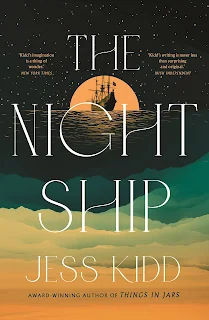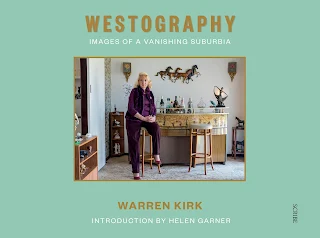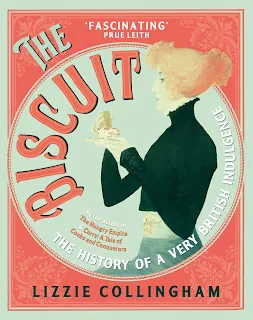Keen to put an end to a newly formed self-sabotaging habit, I listened to the audiobook of Atomic Habits by James Clear. Despite being advertised quite heavily on GoodReads these last few weeks, I'm sure I wasn't influenced by the Amazon advertising, was I? I strive to keep my reading free from hype and targeted marketing, but can we ever be sure our reading choices are 'pure'? I digress.
Atomic Habits: An Easy & Proven Way to Build Good Habits & Break Bad Ones by James Clear didn't manage to offer this reader anything new. Having read many self help books over the years, and experienced varying degrees of success and failure in goal setting and habit tracking in the past, I was surprised to find I was doing better than I thought.
I started a new walking habit during lockdown that has now 'stuck' for two years and I also track my performance against an exercise physiology program which has enabled me to make greater progress.
I've been keeping a food diary since 2018, and on habit tracking, Clear says:
"Those who kept a daily food log lost twice as much weight as those that did not. The mere act of tracking a behaviour can spark the urge to change it." Chapter 16If you haven't experienced this yourself, the mere act of being accountable to someone, knowing a person other than yourself is going to look at your results - or lack thereof - can be its own form of motivation. I'm a person who definitely needs to be held accountable (and I learned this reading The Four Tendencies by Gretchen Rubin), but as Clear says, tracking can become its own kind of reward as you see the progress. This is so true!
Despite being familiar with the topic, in Atomic Habits, James Clear sometimes delivers the material in seemingly new and refreshing ways, like this pearl:
"Your outcomes are a lagging measure of your habits".This makes things crystal clear, doesn't it? If you have a habit of reading before bed every night, then you're more likely to read a number of books in a month or year. If you are a shopaholic, or have a habit of spending more than you earn, or eating more than you burn, then you won't be able to save up for a home deposit and are likely to be carrying some extra weight.
I loved this insight from James Clear on finances and wish all school leavers were taught this when they entered the workforce:
"Saving money is often associated with sacrifice, however you can associate it with freedom rather than limitation if you realise one simple truth: living below your current means increases your future means." Chapter 10Basically, if you change the habit, you will change the outcome. If you have a desired outcome, you can set goals and create habits to help you achieve them. Sounds simple and I'm still learning, but I WAS able to kick a newly formed habit that was getting out of control. But perhaps it wasn't the book that helped me achieve that, but the intention I set that by the time I finish reading this book, I will stop that bad habit. Interesting to consider, isn't it?
Atomic Habits: An Easy & Proven Way to Build Good Habits & Break Bad Ones by James Clear is recommended for readers new to the topic. If you have a favourite book about habits, I'd love you to recommend any further reading on the topic. You can also check out my review of Better Than Before - Mastering the Habits of Our Everyday Lives by Gretchen Rubin.











































